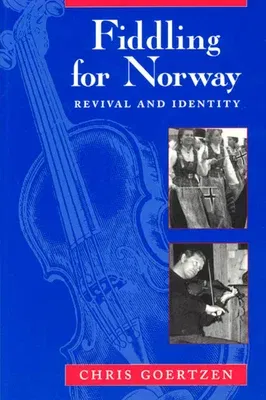Chris Goertzen
(Author)Fiddling for Norway: Revival and IdentityHardcover, 8 December 1997

Qty
1
Turbo
Ships in 2 - 3 days
In Stock
Free Delivery
Cash on Delivery
15 Days
Free Returns
Secure Checkout

Part of Series
Chicago Studies in Ethnomusicology
Print Length
364 pages
Language
English
Publisher
University of Chicago Press
Date Published
8 Dec 1997
ISBN-10
0226300498
ISBN-13
9780226300498
Description
Product Details
Author:
Book Format:
Hardcover
Country of Origin:
US
Date Published:
8 December 1997
Dimensions:
23.65 x
16.03 x
2.69 cm
ISBN-10:
0226300498
ISBN-13:
9780226300498
Language:
English
Location:
Chicago, IL
Pages:
364
Publisher:
Weight:
644.1 gm